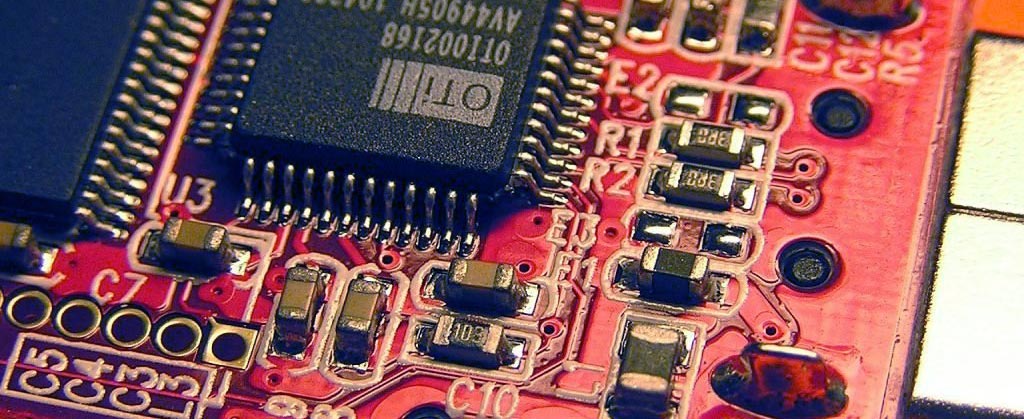Silicon Photonics: Why is it essential for 5G?

Photonics is a field dedicated to the science and functional application of light and the silicon material plays a main role and focus in this area of research. Significant improvements made recently in semiconductor processing technologies have made it possible to obtain sufficient optical performance required for photonics in silicon. In addition, a wide array of optical functions has been achieved on the silicon substrate and have led to rapid development within this field.
Table of contents [close]
The main benefits of Silicon Photonics
One major benefit of silicon photonics is that it combines economically advantageous manufacturing processes, such as the CMOS process (Complementary metal–oxide–semiconductor), with the inherently superior performance of optical communication devices of high-speed transmission, wide bandwidth, and power efficiency. Conventional communications methods have been severely limited in transmission speed and bandwidth, and energy efficiency had to be sacrificed to achieve high-speed communication. At the same time, although it was known that optoelectronic devices could easily achieve the desired performance characteristics mentioned above, each device had to be assembled in 3D, component by component, manually in hermetic housings. Silicon photonics makes it possible to integrate these electrical and optical functionalities into a single chip.
By eliminating the need to manually assemble the components, silicon photonics devices can achieve the required functions in a more compact form, making the devices more suitable for mass production and as with other electronics devices, “packaging” becomes possible.
Wavelength-division multiplexing (WDM) can also be applied in silicon photonics devices, making it possible to increase the number of wavelength channels available on a single optical fiber, without taking up any more space.

This means that high-speed, wideband, low-latency interconnections can be made smaller and more energy efficient, while keeping costs down and on par with existing communication devices that use conventional integrated circuits. These benefits apply not only to next-generation data centers and high-performance computing (HPC), but also to the next generation of mobile telecommunications known as 5G today.
Silicon Photonics and 5G

5G telecommunications technology, which forms the basic infrastructure of the ubiquitous computing society, is expected to revolutionize society and industry. The main driving force behind 5G expansion is the fast-growing mobile telecommunications market. However, augmented reality (AR), Industry 4.0, and M2M communications (traffic) are also important contributors.
5G systems are expected to handle 10 times on average, and even up to 1000 times during peak usage, the current traffic levels, while consuming less power. In addition, 5G systems will be handling new services that require very low latency such as new frequency bands, beam formation technologies, carrier aggregation, and other that have very strict time domain requirements. Simultaneously, the application transport network will require sufficient capacity to handle the large number of data packets generated by the large number of users and devices connected to the network, and the increased demands of future applications. Furthermore, it must meet all these demands in a flexible, economically, and sustainably way.

To meet these emerging requirements, the transformation of the mobile access network (radio access network, or RAN) will be needed, which is equivalent to reviewing the backbone transport network.
Optical communications is one promising candidate that could meet all of these demands. However, performance of conventional technologies such as discrete components and core metro networks is not sufficient to meet the needs of the future, such as low cost, high energy efficiency, miniaturization, and RAN applications. Photonics, and in particular silicon photonics, is an ideal candidate to meet these requirements. Silicon photonics combines the cost-effectiveness of CMOS manufacturing processes and packaging technologies with the benefits of optical communications such as high speed, low latency, and wide bandwidth, and is the only technology available that meets those requirements.
Contact Orbray for inquiries regarding silicon photonics.
-
Novel Diamond Semiconductors Operate at Highest Power Ever

-
The Bright Future Being Created by Diamonds

-
100 times faster than 5G! What is possible with 6G?

-
The Importance of Chip Mounter Nozzles

-
What are optical interconnects and fiber optics?

-
Surface polishing technologies - Essential technologies for semiconductor, MEMS, and LED manufacturing



